Domestic violence crisis: Refuges swamped as attacks rise
DV services across NSW are struggling to keep up with pleas for help. Today, ‘Julia’ tells of her two decades of terror at the hands of a man who was once her shining knight.
NSW
Don't miss out on the headlines from NSW. Followed categories will be added to My News.
For two decades Julia (name changed for privacy reasons) was the victim of physical and emotional abuse at the hands of her partner.
The final time he attacked her, he almost killed her in front of her children.
It was that night she worked up the courage to leave, fearing that she would become a terrifying statistic.
“I knew that if I didn’t leave he would kill me,” she said. “I was so fearful that I would die, that I’d be a face you see in the news, that I’d finally had enough”.
For 20 years, her partner had beaten her and isolated her from her family and friends.
When she first met him at just 19 years old, she described him to friends as her “knight in shining armour” who was always there for her.
She’d had a traumatic childhood and relied on him in her early adulthood. But shortly after their relationship began, the abuse started. First came jealousy and nasty comments about her weight or intelligence, which escalated to a punch to the face, before full-body beatings became part of her normal life.
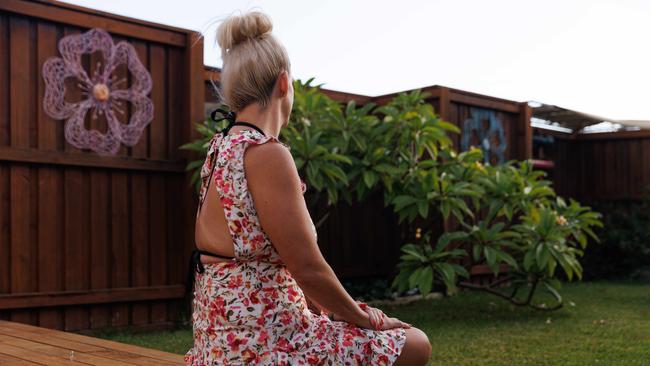
“He got me into a place of full submission, I was hit daily,” she said.
“I felt like a caged animal and I was under his full control. I had no self-worth or confidence left in me.”
Over the years she attempted to call police or ask someone she trusted for help, but she says her abuser twisted the narrative, often convincing police she was the perpetrator.
“I was made to feel crazy, that I was the one in the wrong,” she said.
“I had no one to support me.”
When he was charged for a domestic offence or assault, she says he was let off lightly and sent back home where the abuse would continue.
When children were born into their relationship, the thought of leaving became “impossible” as they were often used as weapons against her.
“It made everything that much more complicated,” Julia said.
“I was worried he would take them from me, I was worried about their safety as well as my own.”
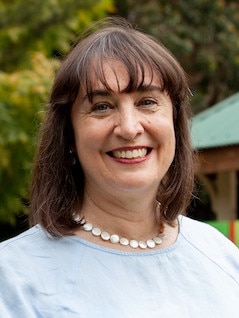
The violence got so bad that she hid phones around her house, even taping one to the back of the couch, in case the abuse got particularly bad.
But it wasn’t until her son was forced to step in and stop his father from killing her that Julia knew she had to flee from the violent cycle of abuse.
“I realised there wasn’t any shame in asking for help and saving myself,” she said.
“It wasn’t my fault and it took me a long time to realise that.”
This year alone, 18 women have been killed in domestic situations in Australia – six of those in NSW.
It’s a staggering figure that brings back the trauma of violence for Julia and many thousands of other women like her.
“It could have been any one of us,” Julia said.
“Every time a woman dies I’m taken back to the day that I left.”
When Julia’s partner first assaulted her she said domestic violence was “not a thing” and there were no services available to her.
She was a teenager when she met him, and had never really heard of domestic violence.
“Back then there weren’t any services, there was no one you could call, no one that could set up crisis accommodation,” she said.
“People didn’t talk about it, it was almost like it didn’t exist.”
But as the years went by, and the secret stories of domestic violence opened beyond front doors, Julia realised there were people who could help.
The night she fled her abusive partner, she was immediately supported by case workers and domestic violence specialists whose sole focus was ensuring her safety and mental wellbeing.
“Without the support of the police and counsellors, domestic violence advocates and service, I don’t know where I’d be,” she said.
“It was the first time I really felt supported and that I had people I could trust looking out for me.”
Julia’s partner was eventually charged over the ongoing abuse against her, while she turned her life to helping women in situations like hers.
“If I can help just one woman on her journey it will all be worth it,” she said.
RISE IN ABUSE SWAMPS REFUGES
Domestic violence services across the state are struggling to keep up with pleas for help from women seeking support and refuge from violent relationships amid a dramatic increase in reporting of abuse.
Family violence refuge Mary’s House is dealing with a rise of 25 per cent in presentations in the past four months, compared to the same time last year.
Justice Support Centre in southwest Sydney said the 28 per cent increase in demand for domestic violence services it experienced during the Covid lockdown hasn’t slowed down since.
Sydney-based domestic violence advocates told the Saturday Telegraph that as rates of domestic violence worsened in the past five years services are being stretched thin. with a need for more skilled support workers.
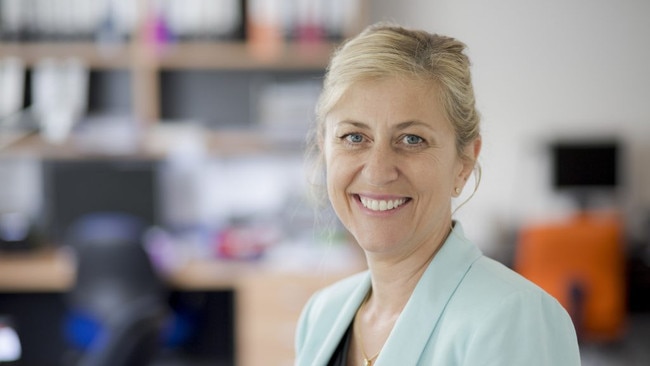
Last year alone, police across NSW attended 139,000 calls for assistance related to domestic and family violence, with more than 33,100 of those resulting in actual assault. There were 17 domestic-related murders.
Domestic and family violence refuge Mary’s House CEO Yvette Vignando said recent deaths, and a raised societal awareness about domestic violence, had contributed to more women fleeing abusive relationships.
“It’s usually a sudden decision when a woman decides to leave as a result of physical violence, but it is usually a result of long term abuse, “she said.
The rise in women needing support has put pressure on services like Mary’s House to employ more staff, but finding adequately trained professionals in the social and legal sphere was challenging.
“There is a real shortage of qualified service and caseworkers to recruit from,” Ms Vignando said.
“It’s great if there is funding or staff, but we need people who are properly trained in this specific area, which at the moment is difficult.”
Melanie Noden from the Justice Support Centre said: “The Justice Support Centre is struggling to keep up with the increased demand over the last three years and the support workers are working under tremendous pressure.”
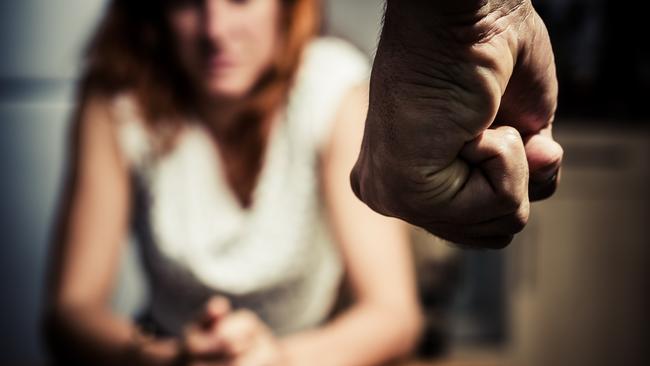
The increased demand has Ms Noden, Ms Vignando and a chorus of other support services calling for additional funding to keep women safe and children safe.
Ms Vignando said funding for additional staff training was key, to allow the employment of more caseworkers and counsellors, while Ms Noden said funding for education service was also vital to bringing down the rates of domestic violence.
“It is a learned response and therefore the solution is education,” he said.
A Department of Communities and Justice spokesperson said a survey of the domestic and family violence workforce would be conducted in 2023-24, to address training needs in the domestic and family violence sector.
The spokesperson said construction on new refuges for women and children escaping violence also began this year, after a “landmark investment” of $484.3m to support new housing and specialist services in NSW.
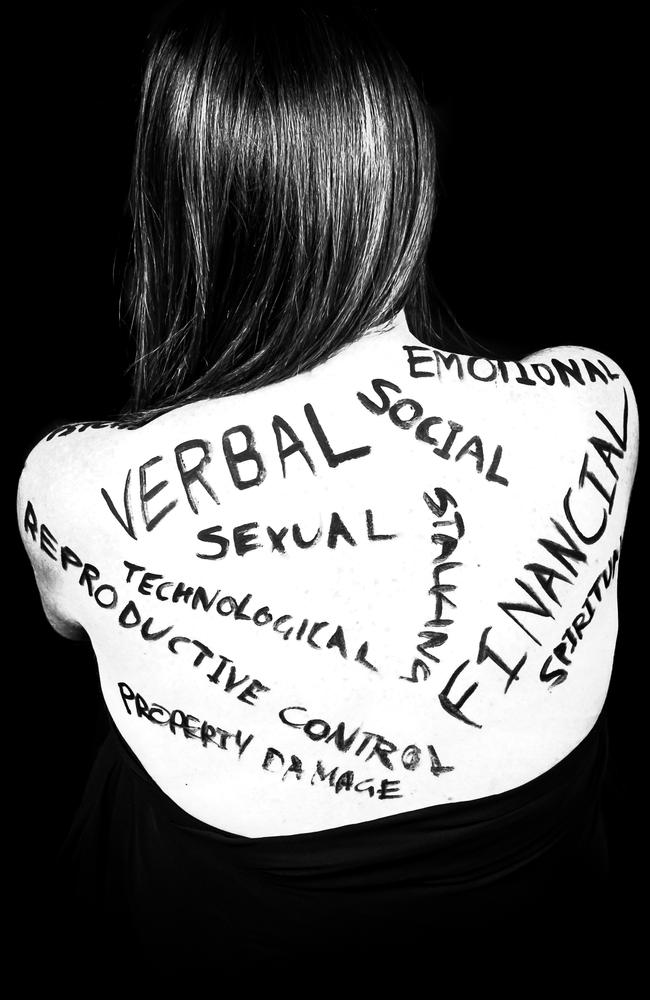
PHOTOS HELP TO BREAK THE SILENCE
The haunting experiences of domestic violence survivors will be on display at an upcoming exhibition that aims to raise awareness about the ongoing and traumatic impacts of abuse.
It’s not Black or White features 27 photos that depict the physical and emotional consequences of domestic violence and the long path to recovery.
Held in partnership with NSW Police, the exhibition aims to give a voice to those so often silenced.
In creation for almost 12 months, the project hopes to generate conversations about the impacts of living with violence and abuse through the genre of black and white photographs.
NSW Police Northern Region Domestic Violence Co-ordinator Sharon Wilkinson said the best way to protect women was to ask them what was needed.
The exhibition will be held at Red Tree Theatre, Tuggerah from May 1.
Got a news tip? Email madeline.crittenden@news.com.au





